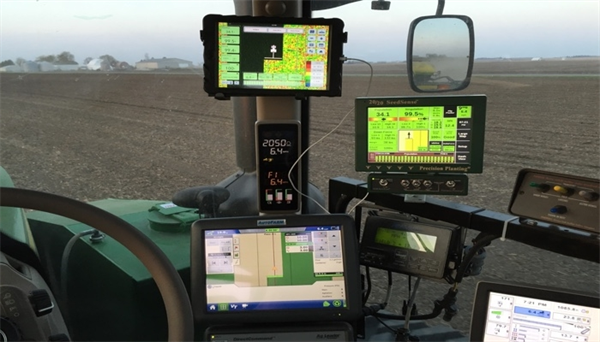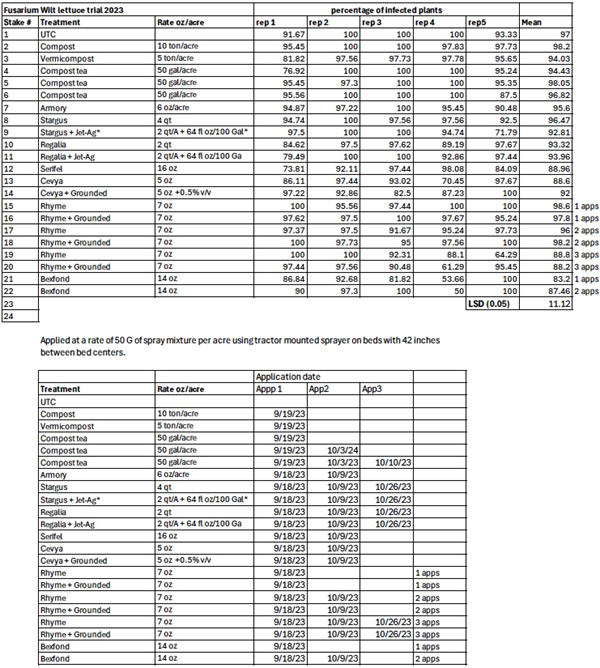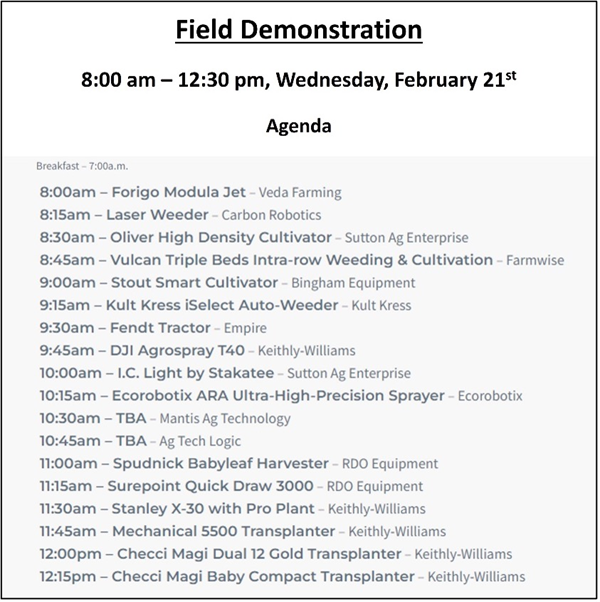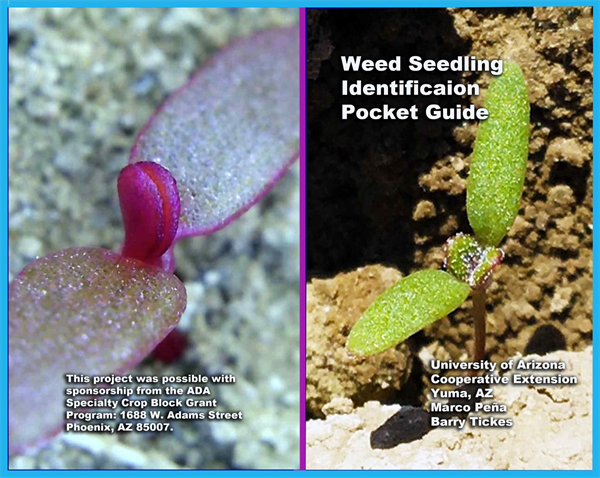-
Mar 18, 2015Insecticide Modes of Action on Desert Produce and Melons 2015As the produce season winds down and the melon season begins to pick up, it is an important time to review the insecticide chemistries that you may have used this winter/spring on produce crops and those that you may consider using on spring melons. Sustaining insecticide efficacy that annually provides cost-effective crop protection requires a conscious effort on the part of PCAs and growers to prevent insecticide resistance. Over the past 20 years, the Agrochemical Industry has developed and brought to the market unprecedented number of new chemistries that are highly effective, selective and more safe than their chemical predecessors. These include the neonicotinoids, spinosyns, tetramic acid derivatives and diamides to name a few. Most recently, a few new chemistries have been added including the sulfoxamines (Sequoia, Transform), a butenolide (Sivanto) and a mitochondrial complex I electron transport inhibitor (Torac). The development of new chemistries has slowed a bit and older chemistries are continually being phased out of the marketplace. Thus, it is imperative to sustain the efficacy of the newer IPM tools currently available. Insecticide resistance management (IRM) is now more important than ever. The most fundamental approach to IRM is to minimize the selection of resistance to any one type of insecticide. Historically, alternating or rotating compounds with different modes of action (MOA) has provided sustainable and effective IRM in our desert cropping systems. The Insecticide Resistance Action Committee (IRAC), a coordinated crop protection industry group, was formed to develop guidelines to delay or prevent resistance. Using their most recent IRAC MOA Classification Brochure we have produced a table which provides Insecticide Modes of Action on Desert Produce and Melon Crops. We also provide general information on the route of activity and pest spectrum for each chemistry. These classification lists will provide you with an additional set of guidelines for the selection of insecticides that can be used in desert IPM programs.

 To contact John Palumbo go to: jpalumbo@ag.Arizona.edu
To contact John Palumbo go to: jpalumbo@ag.Arizona.edu











